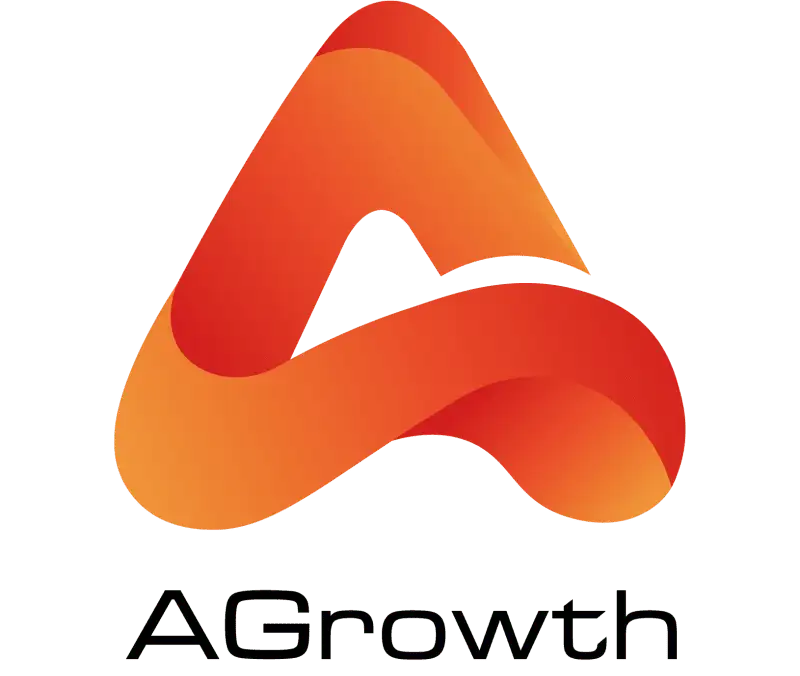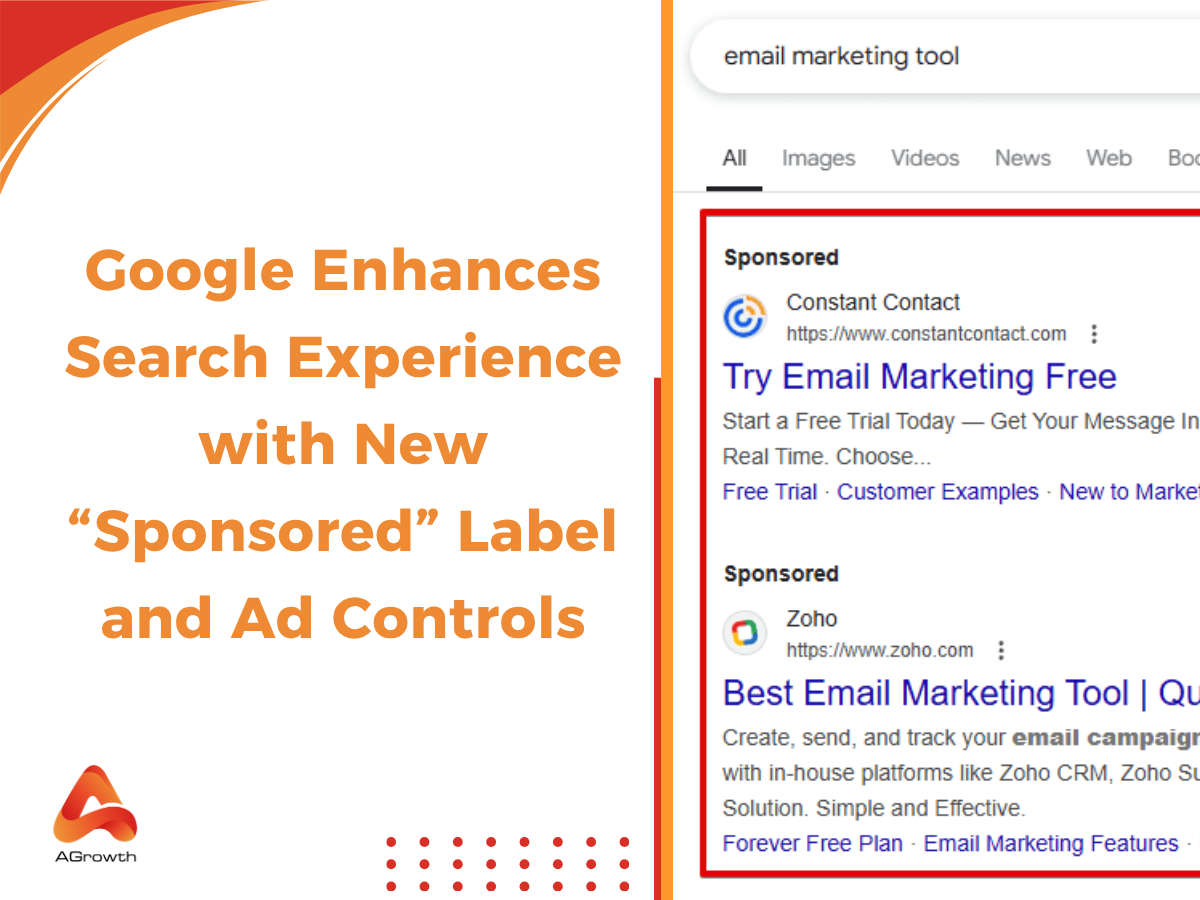
Table of Contents
Google Ads Benchmarks 2025: Key Metrics, Industry Averages & How to Improve
Success on Google Ads campaigns depends heavily on evaluating whether your campaign metrics are good or bad compared to the industry standards. This is where Google Ads benchmarks come in. They act as a reference point, helping advertisers understand how their performance stacks up against competitors in the same vertical.
If your Click-Through Rate (CTR) is significantly below the industry average, or your Cost-Per-Click (CPC) is much higher than your peers, it’s a signal that you need to optimize. By knowing these averages, advertisers can not only identify weaknesses but also better forecast budgets, set realistic KPIs, and make smarter bidding decisions.
In this guide, we’ll break down exactly what Google Ads benchmarks are, why they matter, which metrics to track, and how you can use them to improve your campaign performance.
What Is a Google Ads Benchmark?
In digital advertising, a benchmark refers to the average performance metrics across an industry or ad type. For Google Ads, benchmarks usually include CTR, CPC, CPA, conversion rates, and impression share. These are calculated from aggregated advertiser data and represent the typical range you should expect in a given industry.
For example, the average CTR across Google Search ads is around 3.17%, while industries like travel or dating often see much higher click-through rates.
Benchmark vs. KPI
It’s important to distinguish benchmarks from Key Performance Indicators (KPIs). Benchmarks are external standards—what the market typically achieves—while KPIs are internal goals tailored to your business. For instance, if the industry benchmark CTR is 3% but your brand has strong recognition, you might set a KPI of 5%. Benchmarks guide you, but KPIs define your success.
Why Benchmarks Matter for Advertisers
Before diving into numbers, let’s address why benchmarks are crucial. Even experienced advertisers sometimes overlook the importance of comparing campaigns against industry averages. Here are three key reasons why benchmarks matter:
Accurate Performance Evaluation
Without benchmarks, you can only compare your performance against yourself. You might celebrate a 10% month-over-month improvement in CTR, but what if your industry's average CTR is double what you're achieving? Benchmarks provide the necessary context to understand your true performance standing. They help you answer critical questions: Is our creative compelling enough? Is our targeting precise? Are we lagging or leading the pack? This objective evaluation is the first step toward identifying genuine growth opportunities, rather than settling for incremental internal gains.
Budget Forecasting
Benchmarks give you a realistic idea of what to expect in terms of CPC and CPA, which helps with Google Ads budget optimization. If the average CPC in your industry is $3.50, you can better estimate how much budget you’ll need for a campaign generating 10,000 clicks.
Learn more about how to plan effectively in our full guide on Google Ads Budget Optimization.
Identifying Weaknesses
If your CPA is significantly higher than the benchmark, the problem might not be your ads but your landing page conversion funnel. Benchmarks allow you to diagnose issues across the entire advertising journey.
Google Ads Benchmark Metrics to Track
Now let’s look at the key performance metrics that advertisers should benchmark against: CTR, CPC, CPA, Conversion Rate, and Impression Share. For each, we’ll explain the metric, why it matters, and provide benchmark tables from industry data.
CTR Benchmark
CTR is the percentage of people who see your ad (impressions) and then click on it. It's a primary indicator of your ad's relevance and appeal to your target audience. A low CTR can signal a disconnect between your keywords, ad copy, and user intent. It can also negatively impact your Quality Score, leading to higher costs and lower ad positions. Comparing your CTR to the industry average is often the first step in diagnosing ad performance.
For more information on CTR in Google Ads, how important it is, how to optimize and best practices, read our post here!
The table showing the Google Ads CTR benchmark in each industry:
|
Industry |
Average CTR |
|
Advocacy |
4.41% |
|
Auto |
4.00% |
|
B2B |
2.41% |
|
Consumer Services |
2.41% |
|
Dating & Personals |
6.05% |
|
E-Commerce |
2.69% |
|
Education |
3.78% |
|
Employment Services |
2.42% |
|
Finance & Insurance |
2.91% |
|
Health & Medical |
3.27% |
|
Home Goods |
2.44% |
|
Industrial Services |
2.61% |
|
Legal |
2.93% |
|
Real Estate |
3.71% |
|
Technology |
2.09% |
|
Travel & Hospitality |
4.68% |
-
Highest CTR: Dating & Personal (6.05%), reflecting strong emotional engagement and ad relevance.
-
Lowest CTR: Technology (2.09%), suggesting niche or technical messaging may struggle to capture clicks.
-
Average (All industries): ~3.17% — CTRs above this mark signal effective ad copy and targeting.
Cost Per Click (CPC) Benchmark
CPC is the amount you pay for each click on your ad. This metric is fundamental to managing your advertising spend and is influenced by your Quality Score, competition, and bidding strategy. Knowing the average CPC for your industry is essential for budget forecasting and evaluating the efficiency of your bidding. If your CPC is consistently higher than the benchmark, it could indicate low Quality Scores or an overly aggressive bidding strategy that isn't paying off.
|
Industry |
Average CPC |
|
Advocacy |
$1.43 |
|
Auto |
$2.46 |
|
B2B |
$3.33 |
|
Consumer Services |
$6.40 |
|
Dating & Personals |
$2.78 |
|
E-Commerce |
$1.16 |
|
Education |
$2.40 |
|
Employment Services |
$2.04 |
|
Finance & Insurance |
$3.44 |
|
Health & Medical |
$2.62 |
|
Home Goods |
$2.94 |
|
Industrial Services |
$2.56 |
|
Legal |
$6.75 |
|
Real Estate |
$2.37 |
|
Technology |
$3.80 |
|
Travel & Hospitality |
$1.53 |
Legal Services tops the chart with the highest average CPC at a staggering $6.75. This is driven by extremely high competition and the immense lifetime value of a single client, justifying very aggressive bids for high-value keywords.
E-commerce ($1.16) and Travel & Hospitality ($1.53) have the lowest CPC benchmarks, reflecting broader audiences and lower bidding pressure.
Conversion Rate (CVR) Benchmark
Your conversion rate is the percentage of clicks that result in a desired action or conversion. This metric is a powerful indicator of your landing page effectiveness, offer relevance, and overall user experience post-click. A high CTR with a low CVR is a classic sign that your ad is making promises your landing page can't keep. Monitoring your CVR against the benchmark is critical for optimizing the entire conversion funnel, not just the ad itself.
|
Industry |
Average CVR |
|
Advocacy |
1.96% |
|
Auto |
6.03% |
|
B2B |
3.04% |
|
Consumer Services |
6.64% |
|
Dating & Personals |
9.64% |
|
E-Commerce |
2.81% |
|
Education |
3.39% |
|
Employment Services |
5.13% |
|
Finance & Insurance |
5.10% |
|
Health & Medical |
3.36% |
|
Home Goods |
2.70% |
|
Industrial Services |
3.37% |
|
Legal |
6.98% |
|
Real Estate |
2.47% |
|
Technology |
2.92% |
|
Travel & Hospitality |
3.55% |
Dating & Personals leads with an impressive 9.64%, reflecting strong emotional engagement and highly tailored offers.
Legal (6.98%), Consumer Services (6.64%), and Auto (6.03%) also show high CVR—likely due to urgency and transactional intent.
Advocacy (1.96%) and Real Estate (2.47%) lag behind—possibly due to longer sales cycles or lower immediate intent.
A solid conversion rate shows promise, but what really matters is whether those conversions are profitable. To connect the dots between performance metrics and actual business growth, take a look at our full breakdown of Google Ads ROI.
Cost Per Acquisition (CPA) Benchmark
CPA, also known as Cost Per Action or Cost Per Conversion, is the total cost you pay to acquire one conversion (e.g., a sale, a lead, a form submission). This is often the ultimate metric for measuring the profitability and success of your campaigns. While your internal CPA target is dictated by your own profit margins, comparing it to the industry benchmark helps you understand your competitive efficiency and the overall health of your marketing funnel.
|
Industry |
Average CPA |
|
Advocacy |
$96.55 |
|
Auto |
$33.52 |
|
B2B |
$116.13 |
|
Consumer Services |
$90.70 |
|
Dating & Personals |
$76.76 |
|
E-Commerce |
$45.27 |
|
Education |
$72.70 |
|
Employment Services |
$48.04 |
|
Finance & Insurance |
$81.93 |
|
Health & Medical |
$78.09 |
|
Home Goods |
$87.13 |
|
Industrial Services |
$79.28 |
|
Legal |
$86.02 |
|
Real Estate |
$116.61 |
|
Technology |
$133.52 |
|
Travel & Hospitality |
$44.73 |
Auto ($33.52) — most cost-effective conversions—likely due to high purchase intent and lower complexity in conversion funnel.
E-commerce ($45.27) and Travel & Hospitality ($44.73) also show relatively efficient CPA.
Technology ($133.52) and Real Estate ($116.61) — reflecting longer consideration cycles, high-ticket offers, and more complex conversion funnels.
How to Use Benchmarks to Improve Campaigns
Data is only useful when you act on it. Knowing the benchmarks is the first step; using them to drive strategic improvements is what separates top-tier advertisers from the rest. Here’s a practical framework for turning benchmark analysis into campaign optimization.
Compare Your CTR to the Benchmark
If your CTR is underperforming against the industry average, it's a clear signal to dissect your ad's front-end components.
-
Analyze Ad Copy: Is your headline compelling? Does it include your primary keyword? Is your value proposition clear and immediate? A/B test different headlines and descriptions to see what resonates.
-
Review Keyword Relevance: Are your keywords tightly themed within their ad groups? A high degree of relevance between the search query, keyword, and ad copy is the foundation of a high CTR and strong Quality Score.
-
Use Ad Extensions: Are you maximizing the use of Sitelinks, Callouts, and Structured Snippets? These extensions make your ad larger, more informative, and more clickable, directly boosting CTR.
Adjust Bidding/Targeting When CPC is High
If your CPC is significantly higher than the industry benchmark, your efficiency is suffering. This can drain your budget and negatively impact your Google Ads ROI.
-
Improve Quality Score: This is the most powerful lever for reducing CPC. A higher Quality Score leads to a better Ad Rank and lower costs. Focus on improving CTR and landing page relevance.
-
Refine Bidding Strategy: Are you using an appropriate Smart Bidding strategy? If you're using Manual CPC, you may be bidding too aggressively on overly competitive keywords. Consider shifting the budget to long-tail keywords with less competition but high intent.
-
Analyze Auction Insights: Use the Auction Insights report to see how often you are competing against the same advertisers and how you stack up. This can reveal if you are caught in a bidding war that is driving up costs for everyone.
Optimize Landing Pages if Conversion Rate is Low
A low conversion rate despite a healthy CTR is a classic sign of a post-click problem. Your ad is doing its job, but your landing page is failing to convert the traffic.
-
Message Match: Ensure your landing page headline and content directly reflect the promise made in your ad copy. A user who clicks an ad for "50% Off Running Shoes" should land on a page that prominently features that offer.
-
Improve User Experience (UX): Is your landing page mobile-friendly? Does it load quickly? Is the call-to-action (CTA) button clearly visible and compelling? Remove unnecessary distractions, simplify forms, and make the conversion process as frictionless as possible.
-
Test Your Offer: The issue may not be the page, but the offer itself. Is it competitive? Is the value clear? Test different offers, price points, or incentives to see what drives action.
Conclusion
Google Ads benchmarks are not just abstract numbers—they are essential guides for advertisers who want to evaluate performance realistically, set better goals, and uncover optimization opportunities. By tracking CTR, CPC, CPA, conversion rates, and impression share against industry benchmarks, you’ll be able to see exactly where your campaigns stand.
Remember, benchmarks provide the context, but your business KPIs define the destination. Use both together to achieve optimal results.
If you want to run Google Ads campaigns that outperform industry benchmarks and avoid costly disapprovals, consider leveraging an agency account from AGrowth. With professional management and advanced insights, you can maximize ROI and scale with confidence.









Your comment